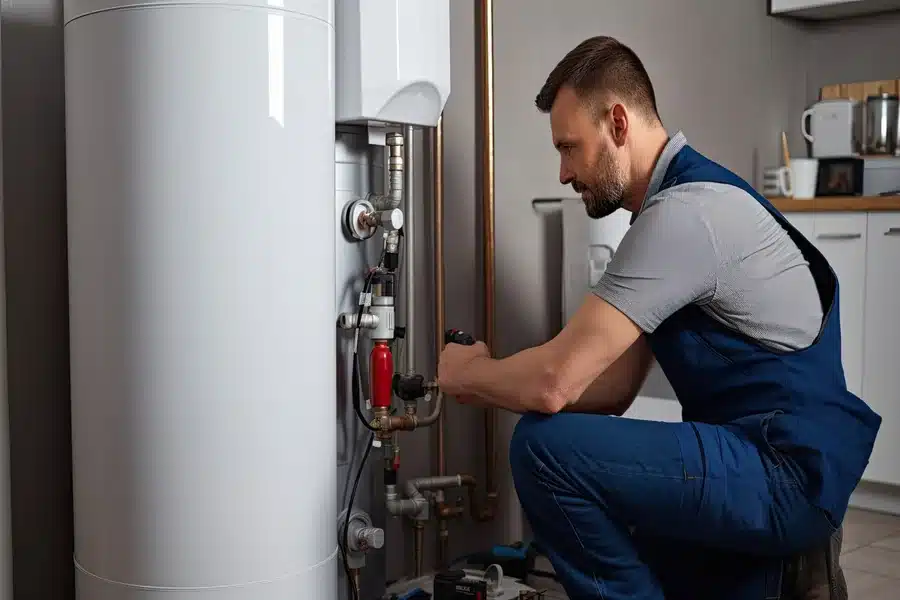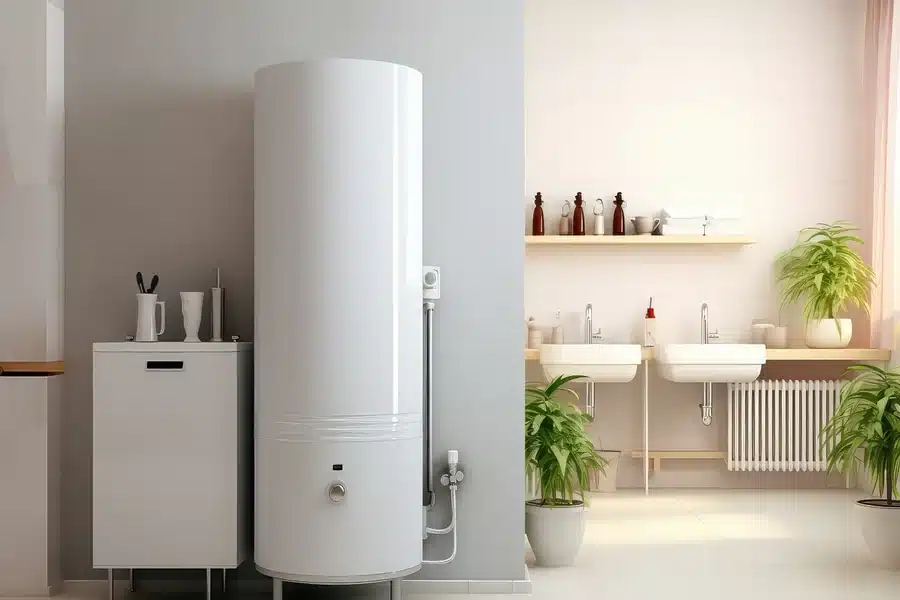If there’s one thing every home needs and should never have to worry about, it’s a reliable supply of heated water. It plays a vital role in many tasks around the house, such as bathing, washing hands, cleaning dishes, doing laundry, and more. Simply put, this element supports comfort, hygiene, and routine.
When a water heater is working fine, it usually goes unnoticed. There’s no need to wait for the water to heat up. You don’t experience temperature changes halfway through a shower. And there’s no second thought about running multiple taps at once. It’s just there, doing its job in the background.
But if that smooth performance starts to shift, something beneath the surface might need attention. Recognizing the warning signs early can make all the difference.
Below are common indicators suggesting it may be time to consider upgrading your current hot water unit.
1. Fluctuating Water Temperatures
Consistent hot water is a basic expectation. But if the temperature varies mid-use, that’s a sign something isn’t working the way it should. You may notice it’s hot for a moment, then suddenly cold, or vice versa. This kind of issue often points to a failing heating element or sediment buildup inside the tank.
These fluctuations can affect comfort and disrupt daily routines. Your first response is often to fix the issue and get things to work again. However, if the problem keeps returning, it’s a strong indicator the system is on its last legs. In cases like this, upgrading to a newer, more efficient one may be the better long-term solution.
Be sure to find a high-quality unit that suits your household size and water usage. You can check out the hot water system Brisbane options or those available locally. Focus on features like energy efficiency and strong warranties. These aspects greatly influence how well your new system will perform.
2. Unusual Noises From the Tank
A hot water system isn’t supposed to be loud. Most of the time, it operates quietly without drawing attention. Gentle sounds like a low hum or soft gurgle are usually nothing to worry about. But if you hear banging, screeching, or rumbling from the tank, that signifies a problem.
These noises build gradually and often point to mineral deposits settling at the bottom of the tank. As the heating element tries to do its job, it has to work through that barrier, resulting in the strange sounds you hear. And it’s not just about the noise. That layer forces the system to work harder, putting extra strain on internal components.
Flushing the tank might offer some relief. But if sounds persist even after maintenance? It may be time to consider a replacement.
3. Rising Energy Bills
Did you know that water heating is a heavy energy burden? In most households, it quietly consumes around 18% of total energy consumption. And that makes it the second-largest contributor to utility bills.
If your energy costs have been creeping up without a clear reason, your hot water system might be to blame. Older units eventually lose efficiency, working harder to deliver the same level of results.
In contrast, modern units are built to be more energy-efficient. They use less power and often come with better insulation, smart controls, and faster recovery times. Switching to one of these models can trim your monthly expenses more than you might expect.
4. Reduced Hot Water Supply
Running out of hot water faster than usual? That’s a red flag. If your water usage hasn’t changed but the supply seems to vanish more quickly, the system may not be functioning well. It’s a subtle shift that’s easy to overlook at first, but it can become a daily frustration over time.

This drop in performance might not always be dramatic, so it’s important to trust your gut when something feels off. Even without obvious technical symptoms, a consistent shortage signals the need for a closer inspection or at least a conversation with a plumbing expert.
5. Rusty or Discolored Water
Crystal clear water is what you expect when you turn on the tap. So, it’s jarring when it suddenly runs brown, orange, or cloudy. When discoloration only shows up in hot water, the issue often traces back to the water heater.
This change can indicate internal corrosion, particularly when the anode rod—designed to prevent rust—has deteriorated. While occasional discoloration can sometimes follow plumbing work or city maintenance, hot water that consistently appears rusty or tinted shouldn’t be ignored.
Investing in a modern system can help prevent future problems and provide more reliable performance.
6. Aging Equipment
Most hot water systems typically last around 8 to 12 years. With good maintenance, some units can go a bit longer. But once they reach the ten-year mark, things start to change.
Performance declines. Parts wear out. Warranties expire. And finding replacement components? This may be harder, too. If the installation date is unclear, checking the manufacturer’s label or model number can provide insight. A system over 10 years old, even if still functional, might be due for an upgrade purely based on age and efficiency standards.
Wrapping Up
A hot water system is indeed an essential technology in everyday comfort. But like any piece of equipment, it doesn’t last forever. So whenever you detect warning signals, it’s worth considering an upgrade. Acting sooner rather than later can prevent unexpected breakdowns.
Investing in a cutting-edge unit ensures that heated water stays steady, clean, and ready whenever you need it. That means less hassle and more convenience for everyone in the home.



